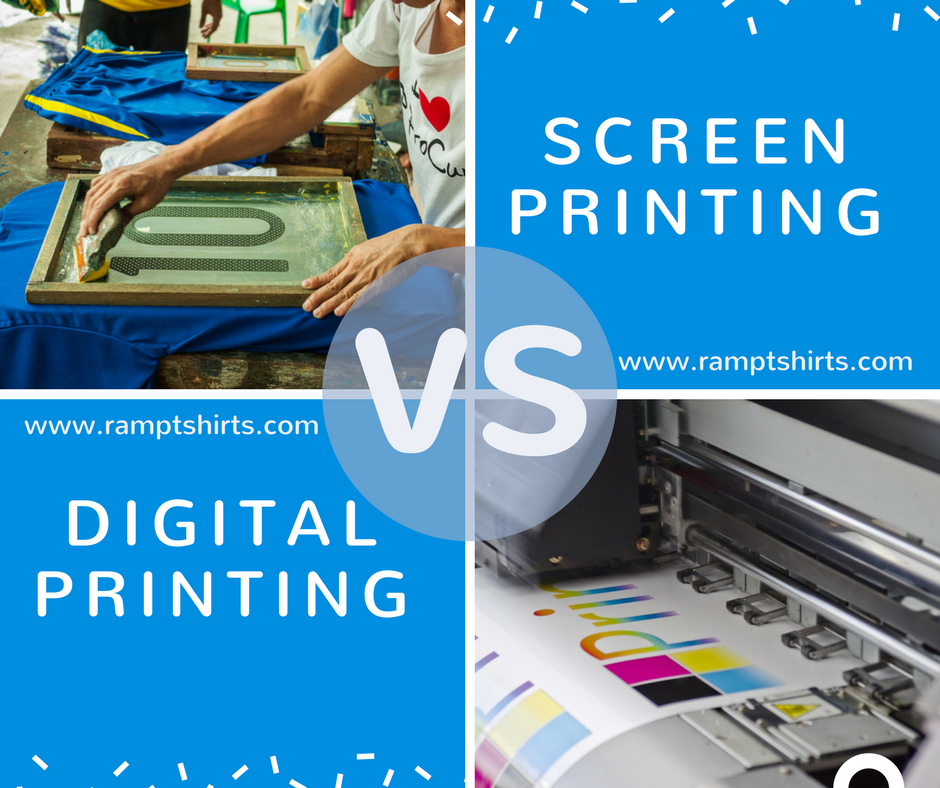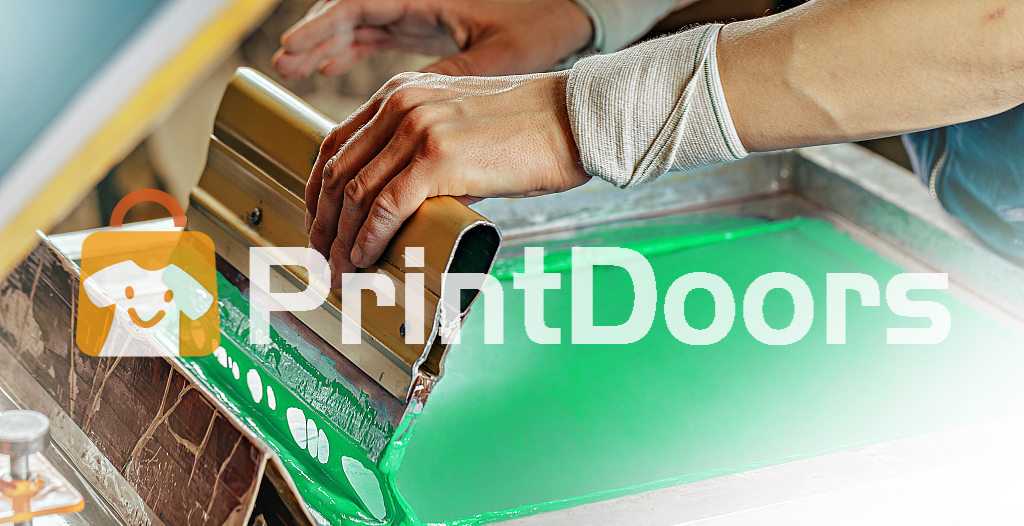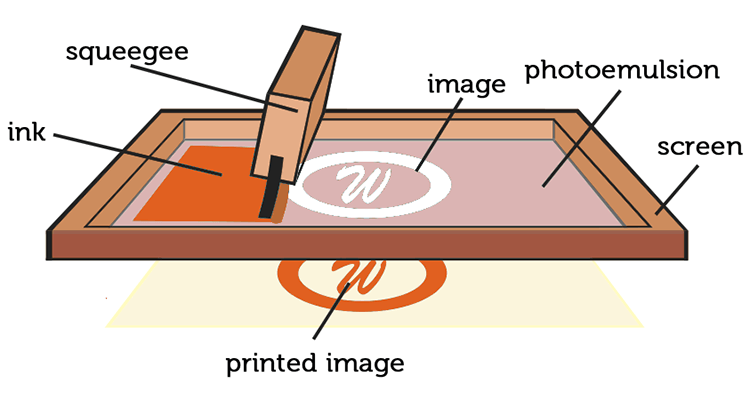Some Ideas on Tx Tees You Need To Know
Some Ideas on Tx Tees You Need To Know
Blog Article
Tx Tees Fundamentals Explained
Table of ContentsThe Main Principles Of Tx Tees The Single Strategy To Use For Tx TeesMore About Tx TeesSome Known Facts About Tx Tees.Some Ideas on Tx Tees You Need To KnowHow Tx Tees can Save You Time, Stress, and Money.Getting My Tx Tees To Work
Add up various other prices, like the number of energies it takes to run the shop and the price of ink and emulsion per layout. Take the print listed below.The solution ought to just be a couple of cents since you 'd only require to layer one display for this job. Exactly how much should you bill per t-shirt to make a revenue? Normally, printers try to make up to 45% revenue on a print work. Below's a table to aid you identify that: complete price per thing percent of wanted profit as a decimal (example:.25 or.45) revenue made per product per task Currently allowed's talk concerning the success of DTF.

With DTF, you can publish a handful of tee shirts, or just one. Both display printing and DTF have their specific niches in the world.
Tx Tees for Dummies
The most effective method to recognize? Ask around and see what printing shop like your own are doing. screen printer. Attempt both out and see which you like better
When you're picking what sort of printing approach to use for printing your art work layouts on your garments, it's essential that you understand the differences in between these two techniques so you can make the most of outcomes while lessening prices. Screen printing is the most commonly made use of strategy for publishing layouts on fabrics.
DTG printing is also called spot or direct to garment printing because it prints just what is needed instead of making a screen as display printers do. https://ameblo.jp/txtees02/entry-12846162662.html. Display printing works by display filler squeegee display printing ink display mesh display, then moving the image to garment using warmth and/or pressure
The DTG printer makes use of unique dye-sublimation inks that are applied into a pre-designed photo by an electronic printing system. The inks enter into the textile, enabling for vivid colors and remarkable detail. It's additionally known as spot or straight to garment printing due to the fact that it prints only what is required instead of making a display as screen printers do.
Tx Tees Things To Know Before You Get This
It's much faster - you can print a fullcolor picture in mins, as opposed to hours for display printing. Second, there's no established time or prices involved - you can publish any style you like, without having to create a screen first. Third, there's no waste - since display printers display print one style each time, they have to screen each color individually.
The paper is very expensive and can only be used once. Once it's published on, it needs to be thrown out. - The first acquisition rate is less than the in advance investment of DTG printers- You can print multi-color designs one display each time as opposed to needing to publish each shade separately like DTG printing.

Tx Tees - Questions
Nonetheless, rather of using screen mesh as display printers do, dye sublimation printers use laser technology to transfer your pictures onto garments or paper. A heat process transfers the dye from its solid-state directly right into the gas stage which subsequently fuses it onto material substrates when they are quickly heated up to heats under high pressure.
Sublimation printing is environment-friendly. It makes use of much less water than screenprinting, and because it doesn't involve using dangerous solvents, it's secure for all kinds of garments. The color sublimation inks are also odor free when cured, unlike screen printers that use damaging chemicals throughout the display printing process that leave behind an unpleasant smell.
They additionally conserve money on expensive equipment like exposure systems because dye sublimation printers do not call for a UV direct exposure unit or a flash treatment stove that is commonly utilized in display printing (embroidery shop). What is straight to garment printing (DTG Printing)? DTG printing is a digital screenprinting process that prints straight onto textile utilizing specialized inkjet printers
The Buzz on Tx Tees
DTG printing provides lots of benefits over typical screenprinting, including the capacity to print photographic high quality images, higher color vibrancy, and the capacity to publish designs on darker materials. DTG printers function by heating up the textile ink till it develops into a gas. The gas then permeates the fabric, bonding with the fibers to develop a permanent print.

Screen printers merely prepare their display then start printing until they lack item or ink.- There is a large range of seasoned display printers around the world, which can be useful for beginners. - It's a slower procedure - screen printers typically have to wait on the ink to dry before they can publish the following color- Display printers need manual work, so there's a greater discovering curve and it takes longer to produce a high-quality layout- Screen printing isn't as exact as DTG printing, so you may get some "blood loss" of colors from one component of the picture onto another if not done properly.
Indicators on Tx Tees You Need To Know
Rather of making use of screen mesh as screen printers do, color sublimation printers use laser innovation to move your pictures onto garments or paper. A warmth process transfers the color from its solid-state straight into the gas phase which in turn merges it onto fabric substrates when they are quickly heated up to high temperatures under high pressure.
Sublimation printing is green. It uses less water than screenprinting, and due to the fact that it doesn't involve using unsafe solvents, it's safe for all kinds of apparel. The dye sublimation inks are likewise unsmelling when cured, unlike screen printers that make use of harmful chemicals during the screen printing process that leave behind an undesirable smell.
They also save money on costly equipment like direct exposure devices given that color sublimation printers don't require a UV exposure device or a flash treatment stove that is typically used in screen printing. What is direct to garment printing (DTG Printing)? DTG printing is a digital screenprinting process that prints directly onto fabric using specialized inkjet printers.
Tx Tees Fundamentals Explained
DTG printing provides lots of advantages over typical screenprinting, including the capacity to publish photographic high quality photos, better color vibrancy, and the ability to publish styles on darker materials. DTG printers work by heating the textile ink till it becomes a gas. The gas after that penetrates the fabric, bonding with the fibers to develop a long-term print.
Report this page